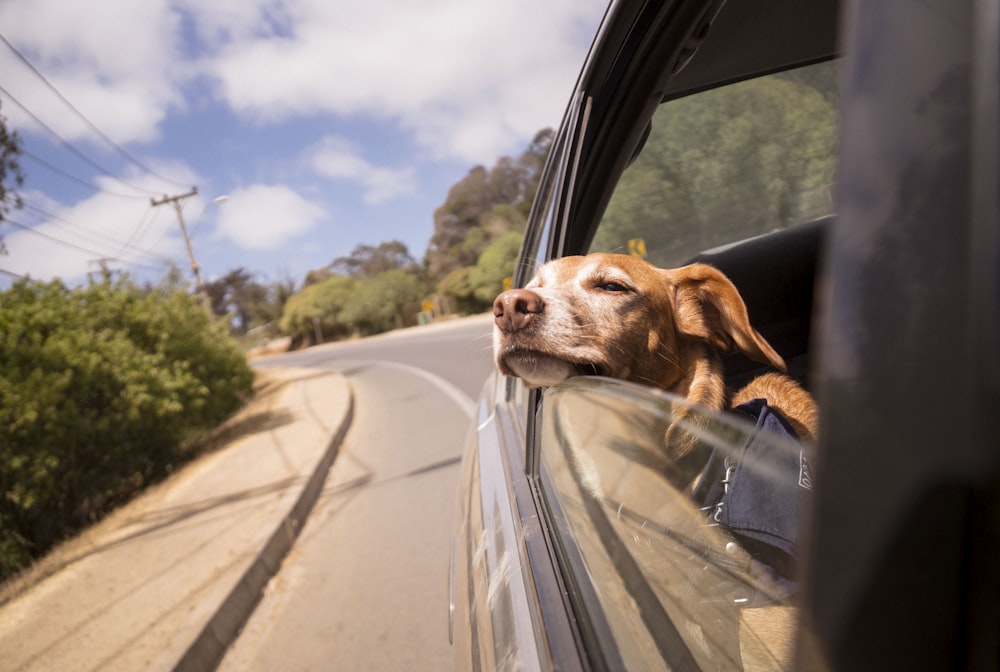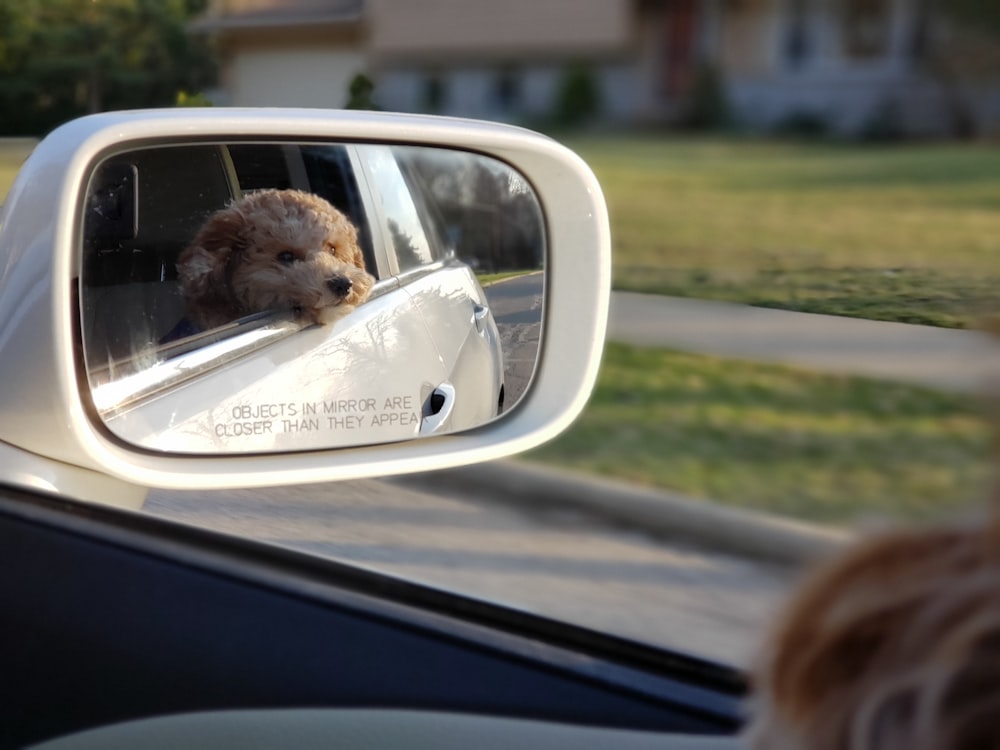While very few of us would allow a child to drive around with them without wearing a seatbelt, our attitudes to driving with our dogs seem to be different.
In the U.S. 84% of dog owners who travel with their pet drive with them unrestrained in the car. While it may seem cruel, or at least uncomfortable, to have your dog restrained while in a vehicle, it makes them much safer if you are to have an accident. As morbid as it is to think about, in a crash at 35 miles per hour, a 60-pound dog becomes a 2,700 projectile. This type of impact, either into the back of a seat or the dashboard would likely severely injure or kill a dog.
When it comes to restraining a dog to ensure that this does not happen, you have a few options to cater to your dog’s needs. Here is a rundown of what these options are.
Seatbelt Harness
A seatbelt harness is a chest harness that your dog wears that then attaches to a regular car seatbelt. It operates in the exact same way as a seatbelt; if you have a head-on collision, or break suddenly then the seatbelt harness will go taught and prevent inertia from throwing your dog forward.
Seatbelt harnesses are more suitable for older, more well-behaved dogs, as they necessitate your dog sitting or lying relatively still during your journey. Much like with humans, seatbelt harnesses should only be used with dogs over 25 pounds, as any weight under that will not be heavy enough to trigger tautness in the seatbelt if an accident occurs.
Zipline Seatbelt Harness
Zipline harnesses are very similar to standard seatbelt harnesses but there is more give in the cord that attaches your dog’s harness to the seatbelt. This makes a zipline harness more suitable for dogs that struggle to settle as it allows your dog to move around a bit more than a standard seatbelt harness.

Since zipline harnesses allow for more movement than a standard seatbelt harness, there is a risk that your dog could fall into the footwell of your car if you brake suddenly. For this reason, they are not suitable for smaller lighter dogs that could easily fall into that space.
Plush Carry Box
These are open-top boxes that attach to a car seat. They are designed for smaller dogs that are too light to wear seatbelt harnesses.
Ideally, you want a box that is large enough that your dog has the option to sit in it or lie in it, and low enough that your dog can see over the top of it when they are in it. It can be worth putting a soft blanket in the box so your dog is extra comfortable.
Crate
Although crates will keep your dog safely restrained if you were to have an accident, they are often not the most comfortable places for dogs. We therefore only recommend them for puppies where you have no real other option.

If you drive regularly with your dog, we recommend installing a specialized car crate into the trunk of your car. These are the types of crates that you often see in K-9 police cars and tend to be more spacious than regular crates while still keeping your dog safe while in a vehicle.
Image source: https://transk9.com/
Passenger Seat Hammock
Car passenger seat hammocks are essentially a large blanket that is suspended on the headrests of the front and back seats of your car. Although it is not suspended in the air like a traditional hammock, it is held tightly enough that it can offer your dog protection if they were to suddenly lurch forward.
Passenger seat hammocks are perfect for older dogs who will likely want to lie down for the entire car journey. They make the “laying space” of passenger seats larger, making your dog more comfortable during your trip as well as offering them protection in case of an accident.
Reducing the Likelihood of an Accident
In addition to keeping your dog restrained during your trip, as a driver, you should be aware that your dog can cause you to be distracted while at the wheel.

Some of the most common types of distractions that have been cited in accidents include feeding your pet while driving and trying to calm a distressed dog while driving.
A few ways that you can reduce the distraction potential of your dog as a passenger include:
- Ensuring that your dog has access to food and water on longer journeys
- Making sure that your dog is as comfortable as possible while driving
- Keeping your dog out of arms reach to reduce the temptation to pet them
Wrapping up
There are many options available to you when it comes to keeping your dog safe while driving. All of these options are better than driving with your dog unrestrained, so take note of which one will work best for your pooch.
About the Author: Mike Skoropad is the owner and CEO of tire retailer United Tires.


Share:
9 Tips For Hiking With Fido
Tips for a Fun & Safe July 4th with your Dog